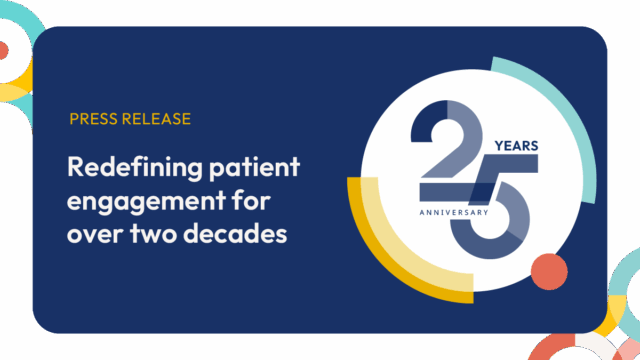The Federal Trade Commission (FTC) has recently updated vision provider regulations, and these changes could have a big impact on how your optometry or ophthalmology practice operates and how patients access their prescriptions. In short, the new rule requires you to get patient confirmation that they’ve received their prescription for glasses or contacts after an eye exam.
While the new Eyeglass Rule update adds more responsibility for optometrists and ophthalmologists, there’s good news—technology can help you adapt smoothly, preventing any disruptions to your daily workflow. In this article, we’ll break down what this new rule covers, the adjustments your practice will need to make, and how software solutions can make compliance a breeze while giving patients 24/7 access to their prescriptions.
What does the new FTC Eyeglass Rule cover?
Starting on September 24, 2024, the revised Eyeglass Rule (Ophthalmic Practice Rules) requires eye care providers who sell prescription eyewear to:
- Immediately provide the prescription after a refractive eye exam—no need for the patient to ask for it.
- Get the patient’s signature confirming they’ve received the prescription. The signature can be electronic or physical, and you’ll need to keep it on file for three years.
- Allow electronic prescription delivery (email, portal, etc.) if the patient consents, but always honor the patient’s preference if they want a paper script.
What challenges do the updated rule requirements place on vision practices and their admin teams?
For many practices, especially smaller ones, these changes mean extra steps in the exam process and added administrative duties. Here are a few specific challenges:
- Recordkeeping: Practices will need to maintain a digital copy of signed confirmations for three years, possibly requiring updated software for proper compliance.
- Patient Education: As patients are increasingly encouraged to buy eyewear from outside sources, practices must educate patients on the advantages of in-house purchases, such as warranties and personalized fittings.
- Revenue Impact: If patients choose to buy their glasses elsewhere, it could hit your practice’s bottom line.
- Increased Administrative Load: Tracking and storing these confirmations may require more time or investment in a digital solution to stay organized and efficient.
How can software ease the burden?
A secure documents solution can help your practice stay compliant while improving patient access to prescriptions. Here’s what to look for in a tool:
- Electronic Delivery: Send prescriptions instantly via text or email, streamlining the process.
- Instant Release: Upload and release prescriptions to patients within seconds.
- Secure E-Signatures: Easily collect patient signatures for prescription receipt and store them for future reference.
- Patient-Friendly Access: Patients should be able to download or print their prescriptions without needing to remember passwords or jump through hoops.
Solutionreach’s Secure Documents tool simplifies the entire eyeglasses Rx process for you, helping you quickly send patients their prescriptions following an eye exam, obtaining patient confirmation e-signatures, and storing the documents for 3 years. The software eases your team’s administrative burden and helps you effortlessly comply with the Eyeglass Rule.
Key Takeaways
Don’t let the new FTC Eyeglass Rule slow down your practice. With the right secure documents solution, you can quickly send prescriptions, collect digital signatures, and keep records for three years—all while offering patients a smooth, convenient experience.
Stay compliant and keep your practice running smoothly with a powerful software solution that meets the needs of your team and your patients.




